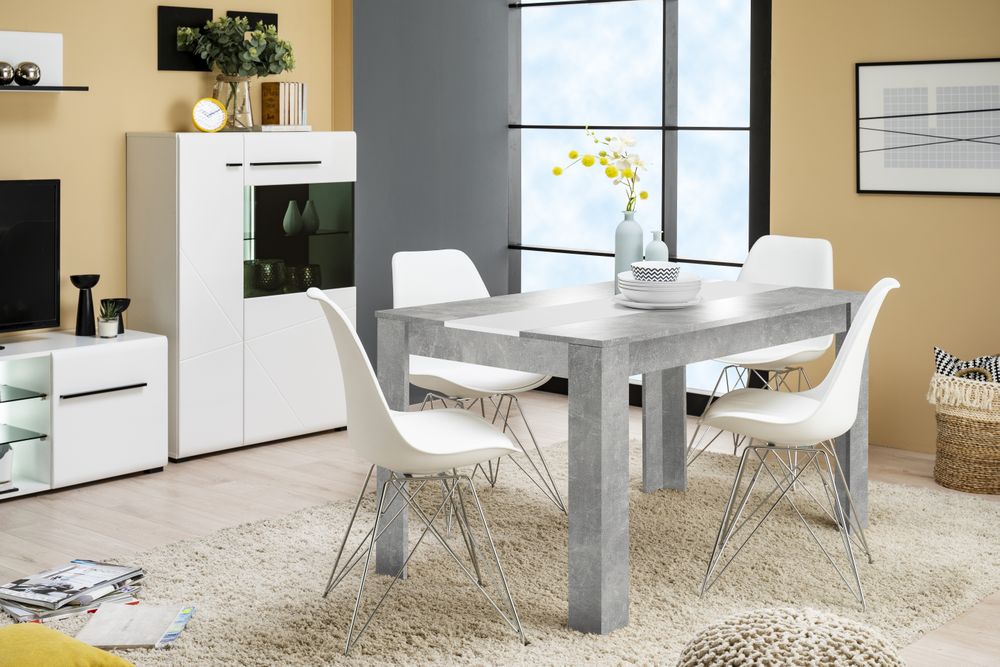

Sure, here is your article broken down into HTML-styled headings and paragraphs:
The first step in transforming any interior is to develop a clear vision. Whether you are influenced by the latest trends or are aiming for a timeless classic look, having a well-defined concept can guide all subsequent decisions. Consider the mood you want to evoke – cozy and intimate, bold and energetic, or serene and peaceful. A strong vision serves as the foundation for a stylish transformation.
One of the most impactful ways to define the style of a room is through color. A fresh coat of paint can dramatically alter the perception of space. Choose color schemes that complement the natural lighting and architectural features of the room. Whether you opt for monochromatic, analogous, or contrast-rich palettes, ensure that the colors align with your overall design theme.
Furniture should be both functional and reflective of your personal style. When transforming an interior, consider the scale of the furniture, the materials, and how each piece will interact within the space. Aim for a balance between comfort and aesthetics, selecting items that not just fill the room but also enhance its character.
Accessories and decor are the finishing touches that can make or break an interior transformation. Selecting the right curtains, rugs, cushions, and art pieces can add depth and personality to a room. Choose accessories that complement the color scheme and theme, but also feel free to inject unexpected elements to create focal points and conversation pieces.
Lighting is a pivotal element in interior design. It can be used to highlight architectural features, create ambiance, or focus on specific areas within a room. Incorporate a mix of overhead lighting, task lighting, and accent lighting to add warmth and dimension. The styles of the lighting fixtures themselves can also contribute to the room's overall aesthetic.
Combining a variety of textures can bring complexity and nuance to a space. From the smoothness of leather to the rough grain of wood, each texture contributes to a richer sensory experience. Use rugs, throw blankets, pillows, and upholstery to introduce different textures in a harmonious way, ensuring the room feels cohesive and not cluttered.
A stylish interior is also a functional one. Maximize the usability of your space with a layout that encourages flow and accessibility. Arrange furniture to create intimate seating areas, functional workspaces, or open areas suitable for entertainment. Consider the room's purpose and the movement of people throughout the space to achieve a balance between beauty and practicality.
In the modern home, technology plays a significant role. Incorporate technology in a way that is seamless and does not detract from the room’s design. Hide unsightly wires, integrate smart home systems discreetly, and select technology that enhances the style of the room, such as a sleek flat-screen TV or minimalist speakers.
Transforming an interior with style requires a thoughtful synergy of color, texture, lighting, and layout. It is about creating a personalized space that is both aesthetically pleasing and functional. By carefully selecting each element and considering how it contributes to the overall vision, you can create an environment that is reflective of your unique style and is a joy to inhabit.